Singles world #1s Tai Tzu Ying and Kento Momota each earned more in prize money in 2018 than any badminton player in history has previously won in a single year.
By Don Hearn. Photos: Badmintonphoto
For the 6th straight year, Badzine has compiled a list of the top 50 badminton earners based on prize money awarded during the 2018 season for all Badminton World Federation (BWF) ranking tournaments. As was expected, given the record winners’ cheques from the BWF World Tour this year, our highest-paid players took home a lot more cash than their counterparts in previous years but two other trends affected the numbers for the top doubles players.
Both world #1 singles players, Tai Tzu Ying and Kento Momota, raked in over US$400,000 for the year. Prior to 2018, we had yet to see any player surpass the $300,000 mark as the highest figure to date was the $298,413 in prize money earned by Chen Long back in 2015. This year, Tai Tzu Ying (pictured right) actually had a chance at a cool half-million for the year, had she been able to win the World Tour Finals in Guangzhou, where instead she unfortunately retired injured from her third match. Tai still finished only barely ahead of Kento Momota, with $407,450 to the Japanese player’s $407,375.
Last year, the one record that was broken was for the highest ever mark by a doubles player but while Chen Qingchen’s 2017 record is still intact, doubles players did still cash in this year in a big way. Previously, the doubles specialist highest on our list was always someone getting paid for mixed and level doubles, such as Chen Qingchen, Zhao Yunlei, Yoo Yeon Seong, or Zhang Nan. This year, doubles specialists have been even more specialized and what is remarkable are the amounts that the top pairs took in. Three duos broke the $400,000 barrier and the Zheng Siwei-Huang Yaqiong partnership even pulled in over half a million.
Of course, the underlying story here is that the major events of the year – from Super 100 level on up and including the Asian Championships – carried a total prize purse of $14.4 million in 2018. That is up from just over $10 million a year earlier. Now, we wouldn’t expect this 43 percent increase to translate into a directly equivalent augmentation to individual players’ take-home pay because a large contributor to the higher prize money total was the addition of 7 more tournaments, while no player was ever close to competing in every one of the more than 30 events from Grand Prix and up.
Certainly, there is always the possibility that noteworthy prize money figures could be evidence of concentration of winnings in fewer hands. That is particularly likely in a year like 2018, when the ranking leaders are all hovering near or above 100,000 points and each accumulated a very healthy array of titles. However, it seems clear that the wealth is also being shared to some degree. 11 players won more than $200,000 each and 28 were over the $100,000 mark. Previously, we’d never seen more than 5 players over $200,000, although we did once have as many as 23 over $100,000, back in 2015.
Still, not everyone who had a strong year on court was able to take that to the bank. There were nineteen players who will finish the year ranked in the world’s top 10 but who took home less than US$50,000 in prize money for the year and the lowest-paid top ten player actually failed to break $20,000. In fact, there are five players ranked in the top 5 who did not make it onto our list of the 50 ‘richest’ players. On the other hand, 4 who are outside the world’s top 10 in ranking points still managed to make the top 50 in terms of prize money. Predictably, two of these are players who play both mixed and level doubles but there is also world #28 Lee Chong Wei (pictured), who earned a respectable sum to make him the 43rd-highest paid player before he had to cut his playing year short to seek cancer treatment.
You can view the complete list of the top 50 prize winners by clicking the above thumbnail. This is the seventh time that Badzine has compiled and published a list of the top prize winners. All calculations have been done using the data from the official BWF World Rankings, published on the tournamentsoftware.com website. All BWF events have been included in this calculation, including BWF World Tour events, the Korea Masters, Super 100 events, the Badminton Asia Championships, and International Challenges. Any extra income from private sponsorships, endorsements, invitational tournaments, and professional leagues – such as those in India, Indonesia, Malaysia, and China – have been excluded from this list. For doubles pairs, it is assumed that the partners split prize money equally.
Shown below is the progression from 2008, when the Superseries first had its half-million-dollar season finale appended to it, to the present. In the rightmost column is the amount earned by the player appearing at #50 on our list of the top earners by prize money. Both figures have more than tripled since 2008, suggesting that the rank and file are also getting a bigger slice than they were a decade ago. However, that #50 spot is almost always occupied by a player in or near the top 10 in the world rankings so for now, endorsements and other sources of private and public funding are clearly keeping most of our sport’s vast talent pool fed, clothed, trained, and transported to the world’s premier badminton events.
| Year | Top prize winnings | Player | Prize winnings for #50 on the list |
| 2008 | $126,445 | Zhou Mi | $21,800 |
| 2009 | 149,525 | Lee Chong Wei | 24,735 |
| 2010* | 164,200 | Lee Chong Wei | 25,979 |
| 2011* | 266,825 | Wang Yihan | 33,928 |
| 2012 | 196,200 | Lee Chong Wei | 38,814 |
| 2013 | 292,540 | Lee Chong Wei | 37,840 |
| 2014 | 246,144 | Zhao Yunlei | 49,595 |
| 2015 | 298,413 | Chen Long | 59,338 |
| 2016 | 271,025 | Tai Tzu Ying | 58,500 |
| 2017 | 261,363 | Akane Yamaguchi | 60,513 |
| 2018 | 407,450 | Tai Tzu Ying | 72,788 |
| * Prize money from the 2010 Superseries Finals, held in January 2011, have been tabulated with the 2010 figures. | |||
Credits
Data Programming: Kira Rin / Badzine
Data Compilation: Badzine Staff
![Tai and Momota break US$400,000 in badminton prize winnings for 2018 Singles world #1s Tai Tzu Ying and Kento Momota each earned more in prize money in 2018 than any badminton player in history has previously won in a single year. […]](http://www.badzine.net/wp-content/uploads/ngg_featured/Tai-and-Momota-Prize-Money-leaders-2018_rotator.jpg)
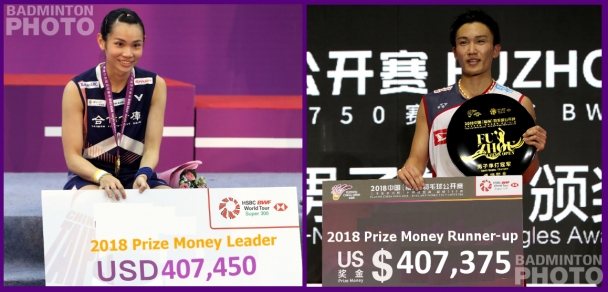
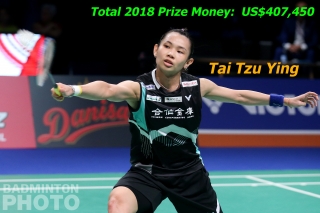
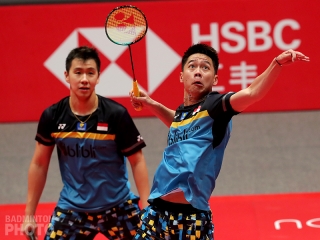
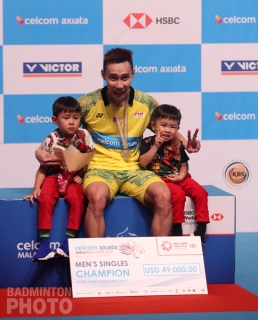
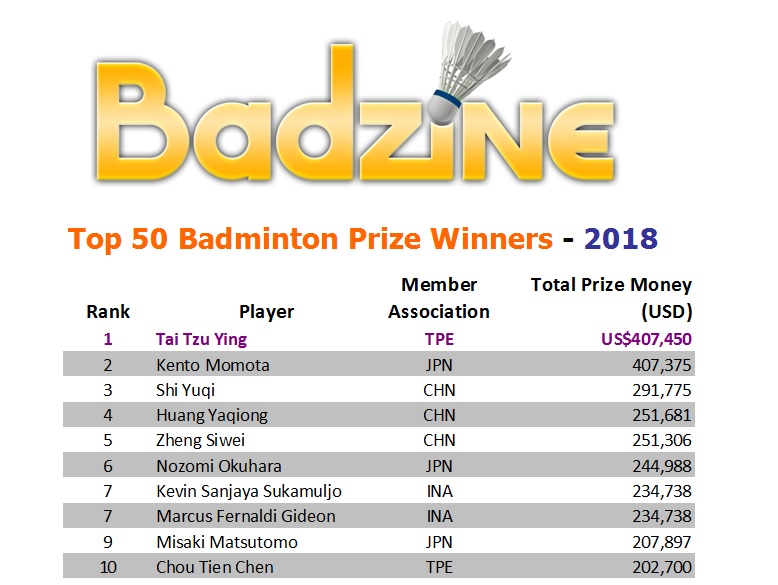
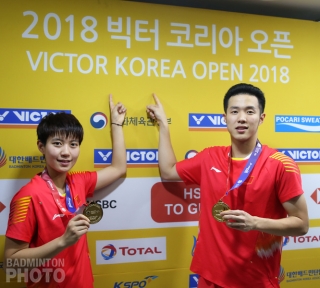

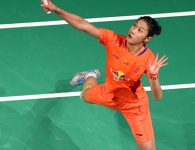
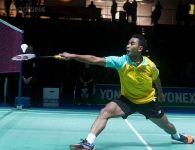
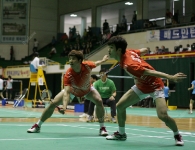
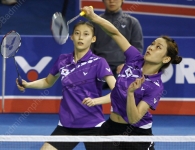
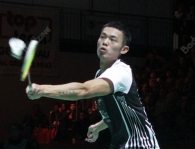
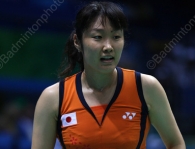
Leave a Reply